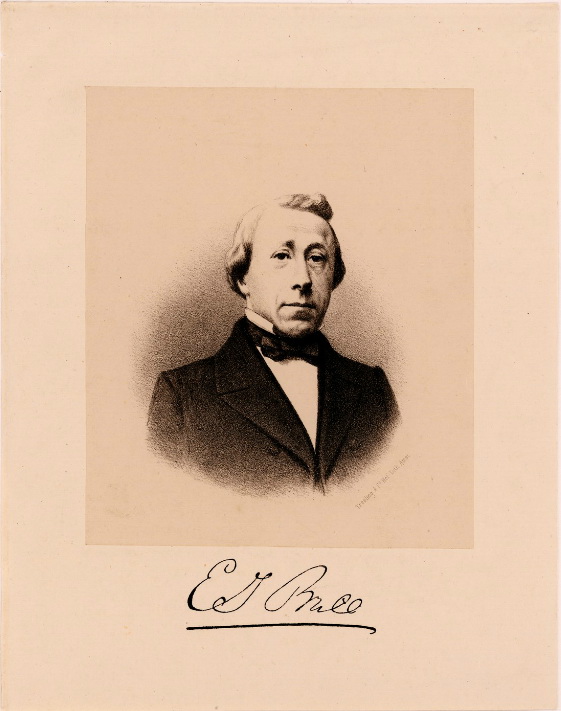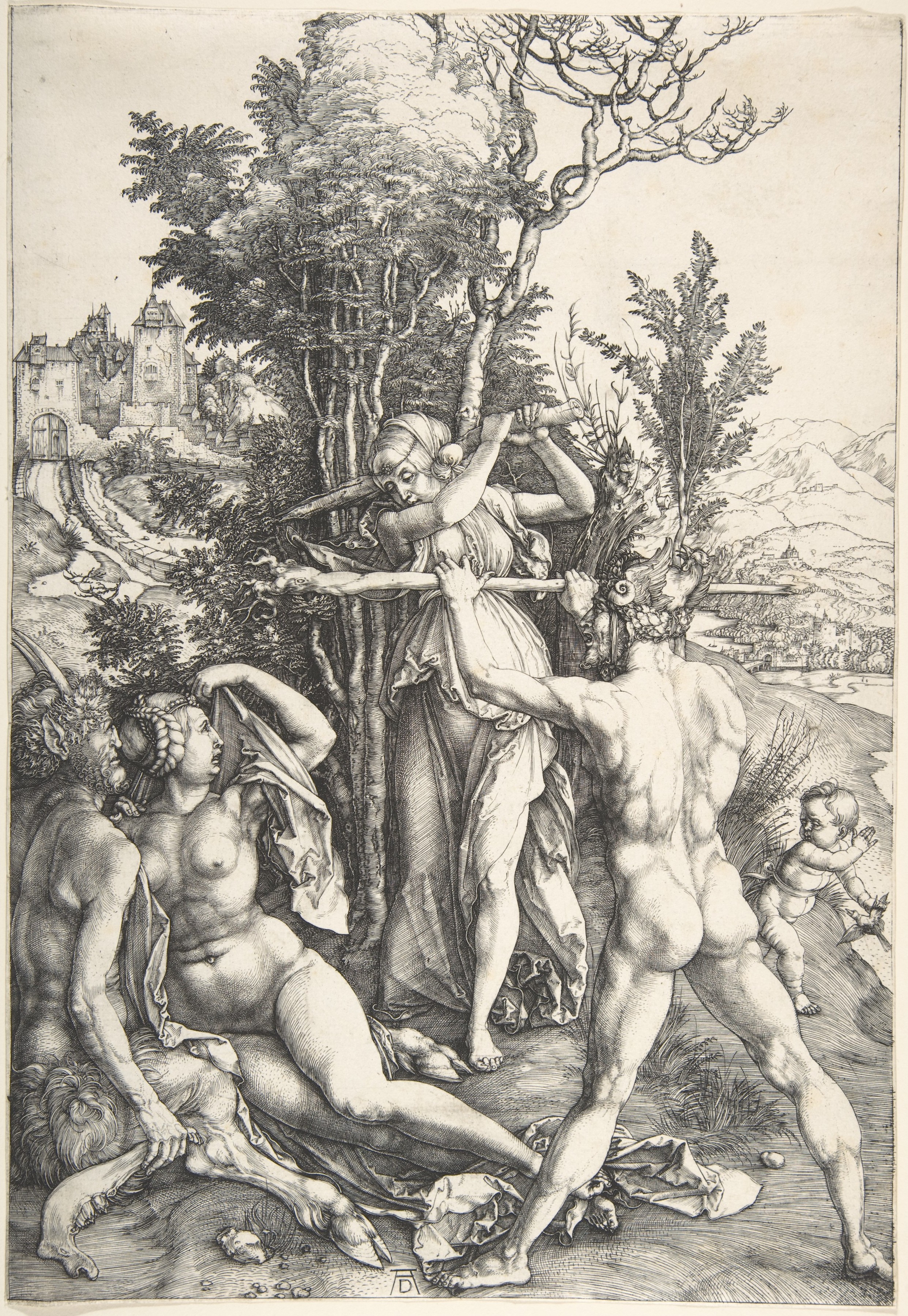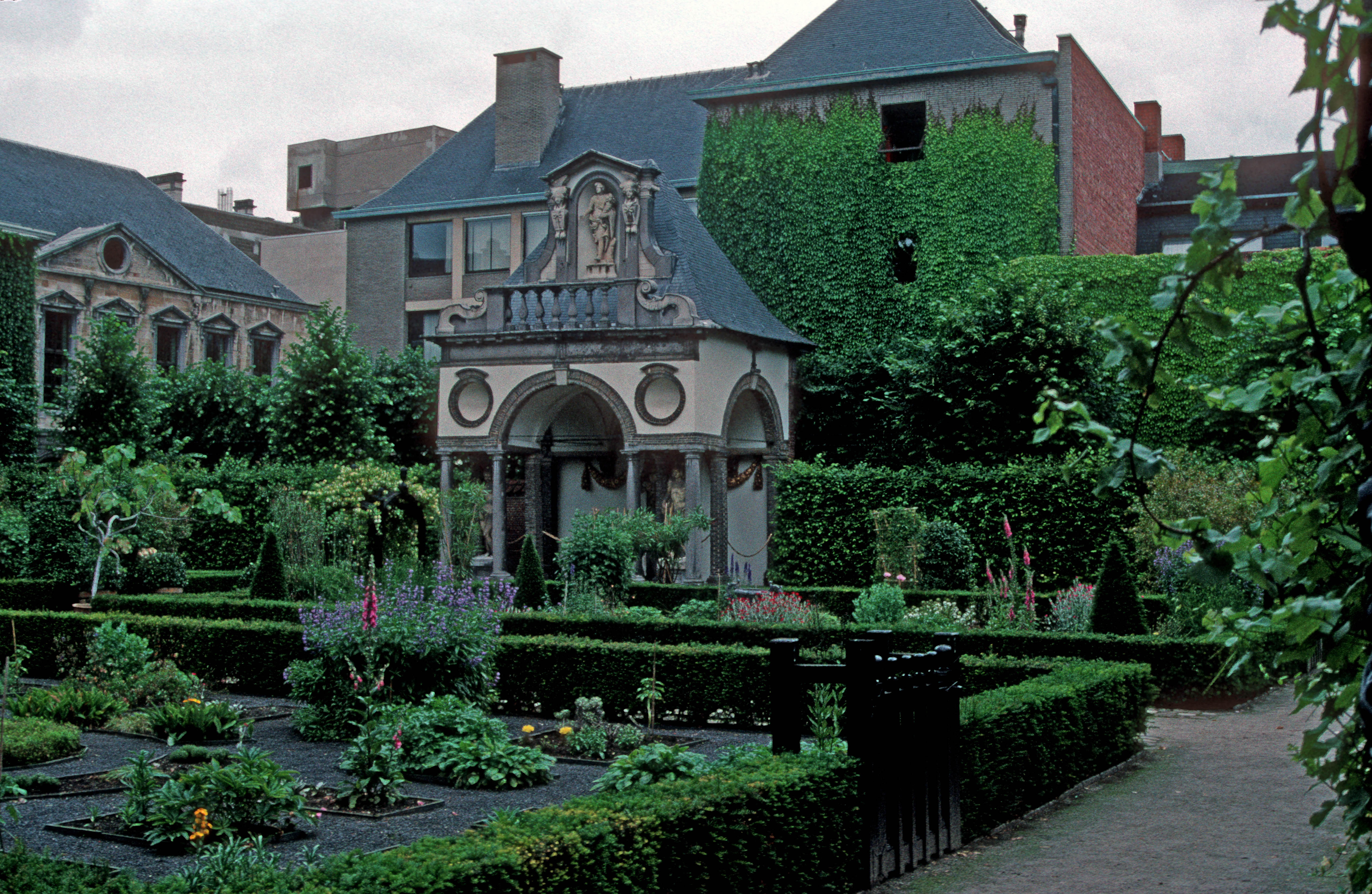|
Milk Of Hera
The myth of the milk of Hera ( grc, Ἥρας γάλα, Hḗras gala) is an ancient Greek myth and explanation of the origin of the Milky Way within the context of creation myths. The standard telling goes that the mythical hero Heracles, as an infant, breastfed from an unsuspecting Hera, the goddess of marriage and Zeus's wife, who threw him away, causing a little bit of her milk to splash and create the galaxy with all its stars. Etymology The ancient Greek word for 'Milky Way' and 'galaxy' both is , literally meaning "milky", derived from , which means milk, and is itself from the Proto-Indo-European root ''*glakt-'', ''*galakt-'' (compare to the Latin '' lac''). Mythology It was said that once Heracles had been born, either Zeus or his son Hermes took the infant and brought him to Hera, who was sleeping, and placed him in her breast so that he could suckle from her breasts. Once Hera woke up and understood what was going on, she chucked the baby away, as some milk spilt a ... [...More Info...] [...Related Items...] OR: [Wikipedia] [Google] [Baidu] |
Jacopo Tintoretto - The Origin Of The Milky Way - Google Art Project
Jacopo (also Iacopo) is a masculine Italian given name, derivant from Latin ''Iacōbus''. It is an Italian variant of Giacomo. * Jacopo Aconcio (), Italian religious reformer * Jacopo Bassano (1592), Italian painter * Iacopo Barsotti (1921–1987), Italian mathematician * Jacopo da Bologna (), Italian composer * Jacopo Comin (1518–1594), Italian painter otherwise known as Tintoretto * Jacopo Carucci (1494–1557), Italian painter otherwise known as Pontormo * Jacopo Corsi (1561–1602), Italian composer * Jacopo da Leona (died 1277), Italian poet * Jacopo Peri (1561–1633), Italian composer * Jacopo della Quercia (1438), Italian sculptor * Jacopo Riccati (1676–1754), Italian mathematician * Jacopo Sadoleto (1477–1547), Italian Catholic cardinal * Jacopo M. (1989), Italian Communicator, upholder of the European Commission Fictional characters: * Jacopo, a key character in the 2002 film version of ''The Count of Monte Cristo'' (and a minor character in the book). * Jaco ... [...More Info...] [...Related Items...] OR: [Wikipedia] [Google] [Baidu] |
Rhea (mythology)
Rhea or Rheia (; Ancient Greek: Ῥέα or Ῥεία ) is a mother goddess in ancient Greek religion and Greek mythology, the Titaness daughter of the earth goddess Gaia and the sky god Uranus, himself a son of Gaia. She is the older sister of Cronus, who was also her consort, and the mother of the five eldest Olympian gods Hestia, Demeter, Hera, Poseidon and Zeus, and the king of the Underworld, Hades. When Cronus learnt that he was destined to be overthrown by one of his children like his father was before him, he swallowed all the children Rhea bore as soon as they were born. When Rhea had her sixth and final child, Zeus, she spirited him away and hid him in Crete, giving Cronus a rock to swallow instead, thus saving her youngest son who would go on to challenge his father's rule and rescue the rest of his siblings. Following Zeus' defeat of Cronus and the rise of the Olympian gods into power, Rhea withdraws her role as the queen of the gods to become a supporting fi ... [...More Info...] [...Related Items...] OR: [Wikipedia] [Google] [Baidu] |
Loeb Classical Library
The Loeb Classical Library (LCL; named after James Loeb; , ) is a series of books originally published by Heinemann_(publisher), Heinemann in London, but is currently published by Harvard University Press. The library contains important works of ancient Greek literature, Greek and Latin literature designed to make the text accessible to the broadest possible audience by presenting the original Greek or Latin text on each left-hand page, and a fairly literal translation on the facing page. The General Editor is Jeffrey Henderson, holder of the William Goodwin Aurelio Professorship of Greek Language and Literature at Boston University. History The Loeb Classical Library was conceived and initially funded by the Jewish-German-American banker and philanthropist James Loeb (1867–1933). The first volumes were edited by Thomas Ethelbert Page, W. H. D. Rouse, and Edward Capps, and published by Heinemann (publisher), William Heinemann, Ltd. (London) in 1912, already in their distinct ... [...More Info...] [...Related Items...] OR: [Wikipedia] [Google] [Baidu] |
Brill Publications
Brill Academic Publishers (known as E. J. Brill, Koninklijke Brill, Brill ()) is a Dutch international academic publisher founded in 1683 in Leiden, Netherlands. With offices in Leiden, Boston, Paderborn and Singapore, Brill today publishes 275 journals and around 1200 new books and reference works each year all of which are "subject to external, single or double-blind peer review." In addition, Brill provides of primary source materials online and on microform for researchers in the humanities and social sciences. Areas of publication Brill publishes in the following subject areas: * Humanities: :* African Studies :* American Studies :* Ancient Near East and Egypt Studies :* Archaeology, Art & Architecture :* Asian Studies (Hotei Publishing and Global Oriental imprints) :* Classical Studies :* Education :* Jewish Studies :* Literature and Cultural Studies (under the Brill-Rodopi imprint) :* Media Studies :* Middle East and Islamic Studies :* Philosophy :* Religious ... [...More Info...] [...Related Items...] OR: [Wikipedia] [Google] [Baidu] |
London
London is the capital and List of urban areas in the United Kingdom, largest city of England and the United Kingdom, with a population of just under 9 million. It stands on the River Thames in south-east England at the head of a estuary down to the North Sea, and has been a major settlement for two millennia. The City of London, its ancient core and financial centre, was founded by the Roman Empire, Romans as ''Londinium'' and retains its medieval boundaries.See also: Independent city#National capitals, Independent city § National capitals The City of Westminster, to the west of the City of London, has for centuries hosted the national Government of the United Kingdom, government and Parliament of the United Kingdom, parliament. Since the 19th century, the name "London" has also referred to the metropolis around this core, historically split between the Counties of England, counties of Middlesex, Essex, Surrey, Kent, and Hertfordshire, which largely comprises Greater London ... [...More Info...] [...Related Items...] OR: [Wikipedia] [Google] [Baidu] |
Five Suns
In the context of creation myths, the term Five Suns describes the doctrine of the Aztec and other Nahua peoples in which the present world was preceded by four other cycles of creation and destruction. It is primarily derived from the mythological, cosmological and eschatological beliefs and traditions of earlier cultures from central Mexico and the Mesoamerican region in general, and fits into a broader category of Fifth World mythologies. The Late Postclassic Aztec society inherited many traditions concerning Mesoamerican creation accounts, while modifying some aspects and supplying novel interpretations of their own. In the creation myths which were known to the Aztec and other Nahua peoples of the Late Postclassic era, the central tenet was that there had been four worlds, or "Suns," before the present universe. These earlier worlds and their inhabitants had been created, then destroyed by the catastrophic action of leading deity figures. The present world is the fifth sun, ... [...More Info...] [...Related Items...] OR: [Wikipedia] [Google] [Baidu] |
Heracles At The Crossroads
Hercules at the crossroads, also known as the Choice of Hercules and the Judgement of Hercules, is an ancient Greek parable attributed to Prodicus and known from Xenophon. It concerns the young Heracles/Hercules who is offered a choice between Vice and Virtue—a life of pleasure or one of hardship and honour. In the early modern period it became a popular motif in Western art. History Classical period The parable stems from the Classical era of ancient Greece and is reported by Xenophon in ''Memorabilia'' 2.1.21–34. In Xenophon's text, Socrates tells how the young Heracles, as the hero contemplates his future, is visited by the female personifications of Vice and Virtue (Ancient Greek: Κακία and Ἀρετή; '' Kakía'' and '' Areté''). They offer him a choice between a pleasant and easy life or a severe but glorious life, and present their respective arguments. Xenophon credits the invention of the parable to Prodicus. He cites a precursor in Hesiod's ''Works and Days ... [...More Info...] [...Related Items...] OR: [Wikipedia] [Google] [Baidu] |
Milky Way (mythology)
There are many myths and legends about the origin of the Milky Way, the crowd of stars that makes a distinctive bright streak across the night sky. Mythology among cultures Armenian Ancient Armenian mythology called the Milky Way the "Straw Thief's Way". According to legend, the god Vahagn stole some straw from the Assyrian king Barsham and brought it to Armenia during a cold winter. When he fled across the heavens, he spilled some of the straw along the way. Similarly, in Assyrian Aramaic (Syriac), the Milky Way is called the ܫܒܝܠ ܬܒܢܐ ''shvil tivna'', meaning ''the way of straw,'' or ܐܘܪܚܐ ܕܓܢܒ̈ܐ ''urẖa d’gannave'', meaning ''the path of thieves''. Australian Aboriginal Aboriginal Australian peoples had a well-developed astronomy, with much of their mythology and cultural practices relating to the stars, planets and their motion through the sky, as well as using the stars to navigate the continent. The Kaurna people of the Adelaide Plains in S ... [...More Info...] [...Related Items...] OR: [Wikipedia] [Google] [Baidu] |
Geoponica
The ''Geoponica'' or ''Geoponika'' ( el, Γεωπονικά) is a twenty-book collection of agricultural lore, compiled during the 10th century in Constantinople for the Byzantine emperor Constantine VII Porphyrogenitus. The Greek word ''Geoponica'' signifies "agricultural pursuits" in its widest sense. It is the only surviving Byzantine agricultural work. During the Macedonian Renaissance, the emperor Constantine VII assembled several compendia - compilations and excerpts of ancient writings - of which Geoponika was one. Around 50 manuscripts, dating from between the 10th and 16th centuries, have survived. ''Geoponika'' incorporated the work of Cassianus Bassus, which was compiled from an earlier work by Vindonius Anatolius. Sources The 10th century collection is sometimes (wrongly) ascribed to the 7th century author Cassianus Bassus, whose collection, also titled ''Geoponica'', was integrated into the extant work. Bassus drew heavily on the work of another agricultural ... [...More Info...] [...Related Items...] OR: [Wikipedia] [Google] [Baidu] |
Lilium
''Lilium'' () is a genus of herbaceous flowering plants growing from bulbs, all with large prominent flowers. They are the true lilies. Lilies are a group of flowering plants which are important in culture and literature in much of the world. Most species are native to the northern hemisphere and their range is temperate climates and extends into the subtropics. Many other plants have "lily" in their common names, but do not belong to the same genus and are therefore not true lilies. Description Lilies are tall perennials ranging in height from . They form naked or tunicless scaly underground bulbs which are their organs of perennation. In some North American species the base of the bulb develops into rhizomes, on which numerous small bulbs are found. Some species develop stolons. Most bulbs are buried deep in the ground, but a few species form bulbs near the soil surface. Many species form stem-roots. With these, the bulb grows naturally at some depth in the soil, and ea ... [...More Info...] [...Related Items...] OR: [Wikipedia] [Google] [Baidu] |
Rubens
Sir Peter Paul Rubens (; ; 28 June 1577 – 30 May 1640) was a Flemish artist and diplomat from the Duchy of Brabant in the Southern Netherlands (modern-day Belgium). He is considered the most influential artist of the Flemish Baroque tradition. Rubens's highly charged compositions reference erudite aspects of classical and Christian history. His unique and immensely popular Baroque style emphasized movement, colour, and sensuality, which followed the immediate, dramatic artistic style promoted in the Counter-Reformation. Rubens was a painter producing altarpieces, portraits, landscapes, and history paintings of mythological and allegorical subjects. He was also a prolific designer of cartoons for the Flemish tapestry workshops and of frontispieces for the publishers in Antwerp. In addition to running a large workshop in Antwerp that produced paintings popular with nobility and art collectors throughout Europe, Rubens was a classically educated humanist scholar and diplomat ... [...More Info...] [...Related Items...] OR: [Wikipedia] [Google] [Baidu] |
Tintoretto
Tintoretto ( , , ; born Jacopo Robusti; late September or early October 1518Bernari and de Vecchi 1970, p. 83.31 May 1594) was an Italian painter identified with the Venetian school. His contemporaries both admired and criticized the speed with which he painted, and the unprecedented boldness of his brushwork. For his phenomenal energy in painting he was termed Il Furioso ("The Furious"). His work is characterised by his muscular figures, dramatic gestures and bold use of perspective, in the Mannerist style. Life The years of apprenticeship Tintoretto was born in Venice in 1518. His father, Battista, was a dyer, or ''tintore''; hence the son got the nickname of Tintoretto, "little dyer", or "dyer's boy". Tintoretto is known to have had at least one sibling, a brother named Domenico, although an unreliable 17th-century account says his siblings numbered 22. The family was believed to have originated from Brescia, in Lombardy, then part of the Republic of Venice. Older studies g ... [...More Info...] [...Related Items...] OR: [Wikipedia] [Google] [Baidu] |






_Casa_di_Tintoretto.jpg)